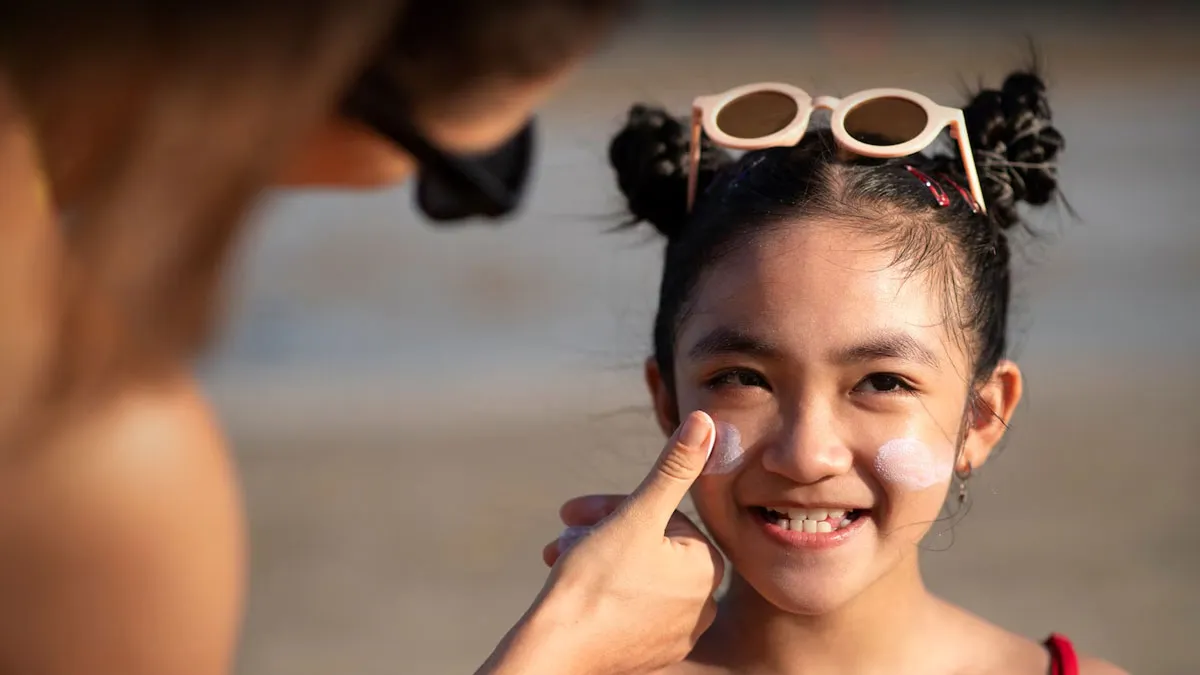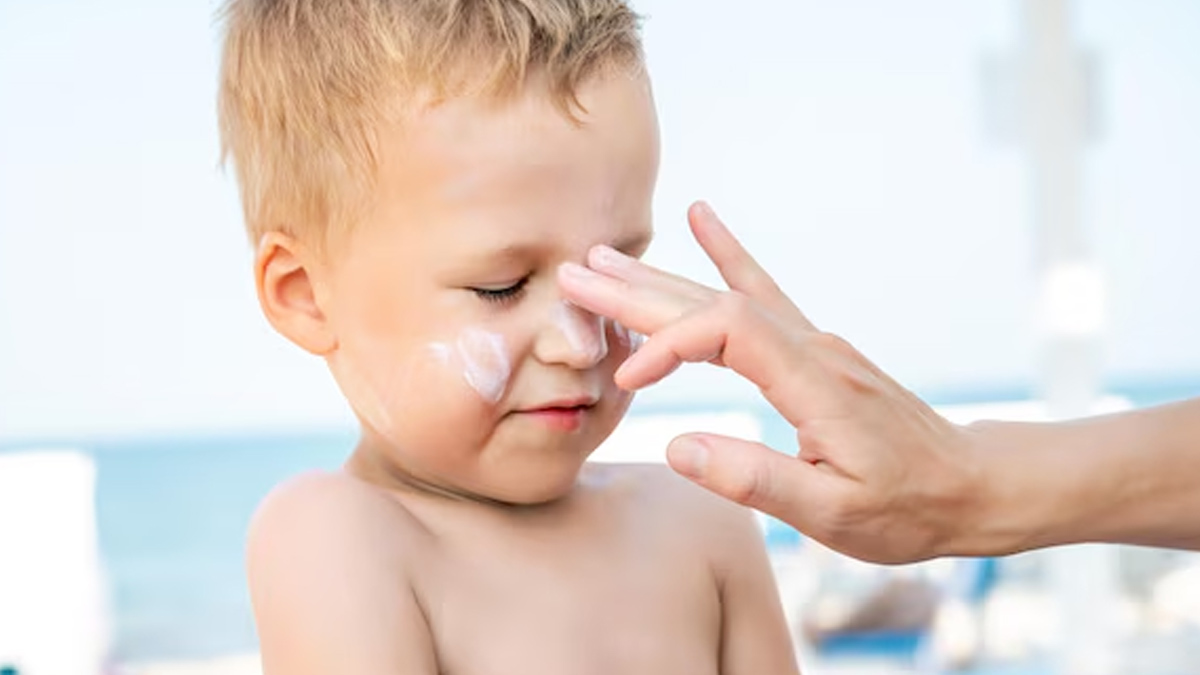
You’ve packed the snacks, filled the water bottles, and made sure the sun hat is in place. Just one more thing to remember before your child steps out into the sun: sunscreen. It might seem like a small addition, but the kind you choose can make a huge difference. For young, sensitive skin, not all sunscreens are created equal. With so many options on the shelves, it’s easy to feel lost in the mineral vs chemical debate.
Table of Content:-
We spoke to Prasanna Vasanadu, Parent Educator and Founder, Tikitoro, Chennai, who explained the difference between these sunscreens and how to choose wisely.
Difference Between Mineral Sunscreen and Chemical Sunscreen

“Mineral or physical sunscreens are made using naturally occurring minerals like non-nano zinc oxide, which sit on the skin’s surface and act like a mirror to reflect harmful Ultraviolet (UV) rays away. They are hypoallergenic and mild and start working immediately upon application. Additionally, they are considered eco-friendly and reef-safe,” explained Vasanadu.
Chemical sunscreens have a lighter texture, making spreads easy, however, their artificial substances, such as oxybenzone, avobenzone, octinoxate, and homosalate absorb UV radiation and convert it into heat, which is then released from the skin. Children may experience allergies or discomfort from these sunscreens. In addition, it is not safe or environmentally friendly.
Also Read: Sensitive Skin And Sunscreen: The Ingredients You Need To Watch Out For
Benefits of Mineral Sunscreen

When choosing sunscreen for kids, it's best to go for mineral sunscreens. Look for sunscreens that are non-comedogenic and contain non-nano zinc oxide, which doesn't penetrate the pores but helps neutralise UV radiation. This makes them ideal for sensitive young skin.
Kind to Sensitive Skin
“Children's skin is often reactive and sensitive, making them more prone to irritation. Adult sunscreens can be too heavy, greasy, or chemical-laden, which kids and teens usually dislike due to sticky textures, unusual odours, or visible residue,” added Vasanadu. Therefore, opt for non-comedogenic sunscreens with allergen-free fragrances or no fragrances.
No Negative Intake
According to a Food and Drug Administration (FDA) research, even after just one application, a number of chemical sunscreens' active components are absorbed into the bloodstream at potentially alarming quantities. On the other hand, mineral sunscreens' non-nano zinc oxide stays on the skin's surface, lowering the possibility of systemic exposure.
Instant Defence

Mineral sunscreens work immediately upon application, unlike chemical sunscreens that require time to absorb and become active. “This is particularly beneficial for children who are always on the move and tend to be impatient with skincare routines,” said Vasanadu.
Also Read: Sun Protection: What Is Hybrid Sunscreen And Is It Better Than Regular Sunscreen?
Endocrine Disruptor free
Certain chemical filters, like oxybenzone, may interfere with hormone levels as they are considered endocrine disruptors. This is particularly concerning for developing youngsters whose hormonal systems are still maturing. Fortunately, this concern doesn't apply to mineral sunscreens.
Hygiene (Tubes over sticks)
“Tubes are more hygienic than sticks because they don’t touch the skin directly, stay sealed to keep the sunscreen fresh, and make sun protection easy and safe for kids. Using tubes will not tend to reduce the efficacy of sunscreen over sticks,” concluded Vasanadu.
[Disclaimer: This article contains information provided by an expert and is for informational purposes only. Hence, we advise you to consult your professional if you are dealing with any health issue to avoid complications.]
Also watch this video
How we keep this article up to date:
We work with experts and keep a close eye on the latest in health and wellness. Whenever there is a new research or helpful information, we update our articles with accurate and useful advice.
Current Version
